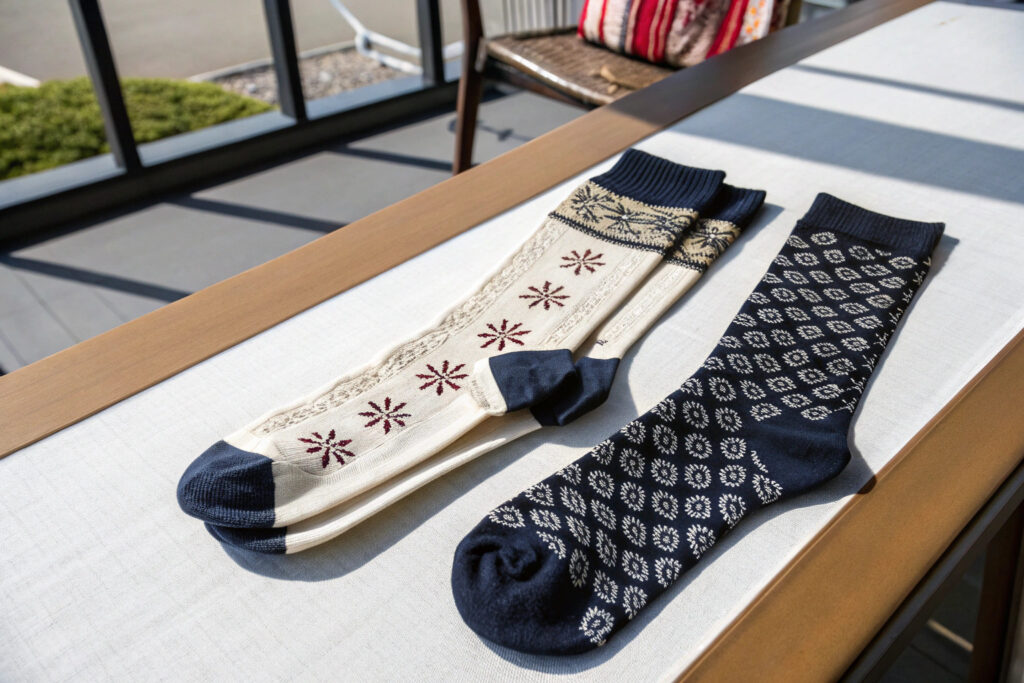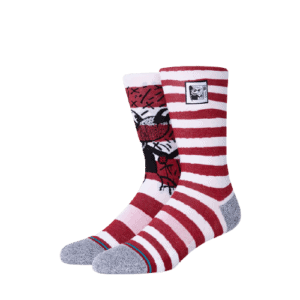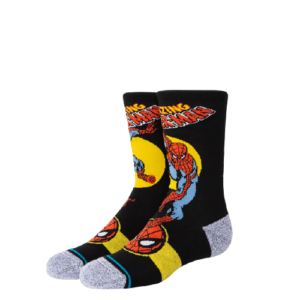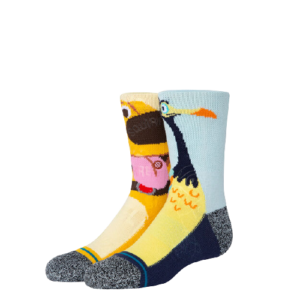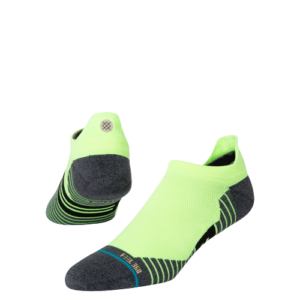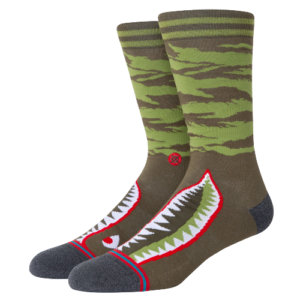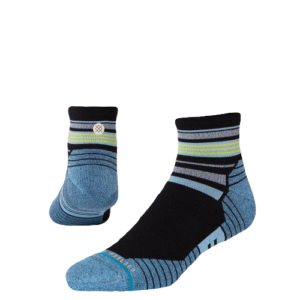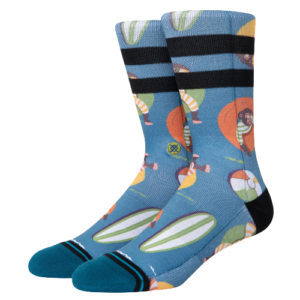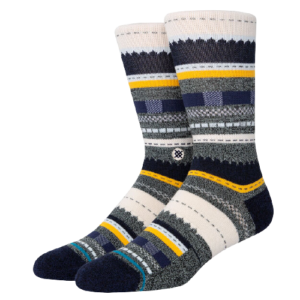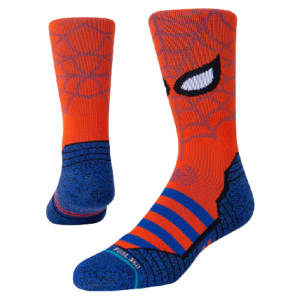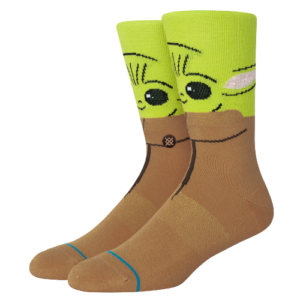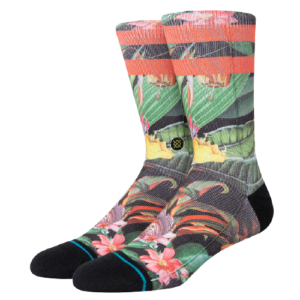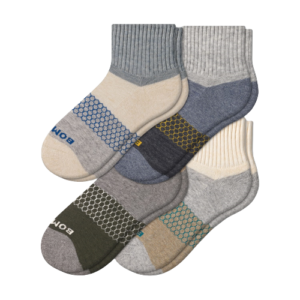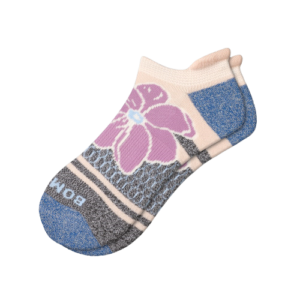At first glance, Tabi socks might seem like a niche product limited to Japanese culture or martial arts enthusiasts. But global interest in split-toe socks is rising, thanks to growing demand in wellness, barefoot footwear, and even fashion-forward circles.
Tabi socks differ from traditional sock designs in toe separation, ergonomic structure, use cases, and cultural significance. They provide improved foot alignment, grip, and breathability—making them ideal for specific sports, wellness lifestyles, and even casual streetwear.
As a sock manufacturer working with global buyers across markets, we’ve seen Tabi socks evolve from cultural icons into modern function-driven designs. Here’s a full breakdown of what sets them apart from standard socks.
What Is the Structural Design of Tabi Socks?
Tabi socks are characterized by a unique structural feature: a split between the big toe and the other toes. This design allows for better toe mobility and pairing with traditional Japanese sandals called “zori” or “geta.”
Unlike traditional socks, which enclose all toes in one chamber, Tabi socks offer a split-toe construction that improves stability, alignment, and tactile sensation during movement.
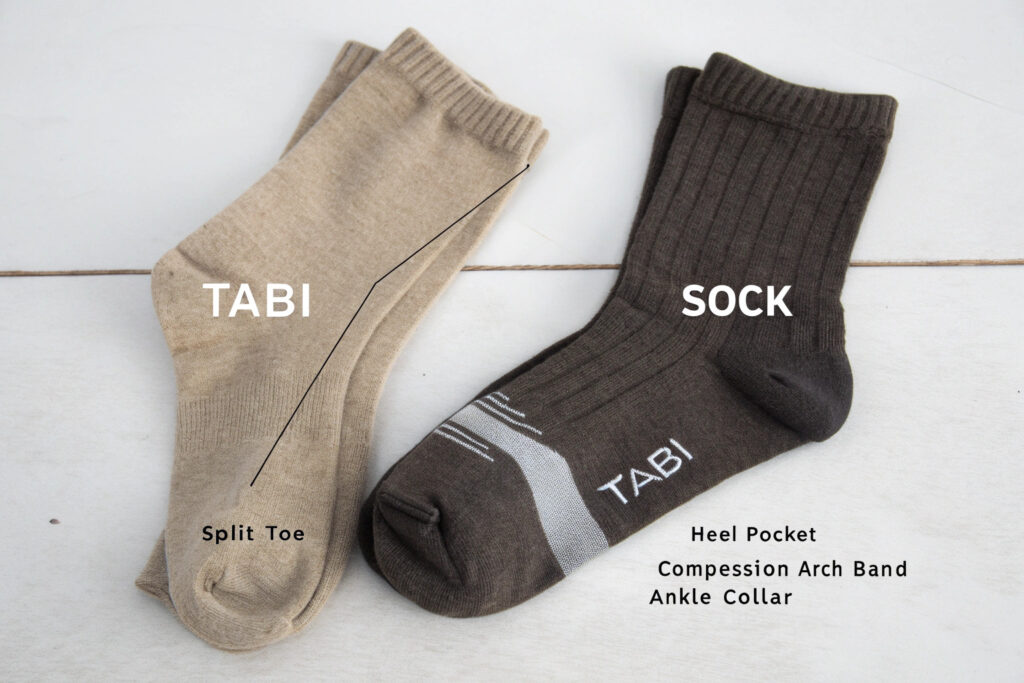
How Are Tabi Socks Constructed Differently?
Tabi socks are knit with a toe divider built in, typically using flat knitting or a special “y-toe” formation. Factories like Tabio and Sou Sou Kyoto specialize in crafting both modern and traditional versions using this method.
Do Tabi Socks Require Special Machinery?
Yes. Manufacturers use modified circular knitting machines with programmable toe division. At GlobalSock, we use high-gauge machines that can switch from seamless traditional styles to split-toe designs in under 2 hours.
What Are the Functional Benefits of Tabi Socks?
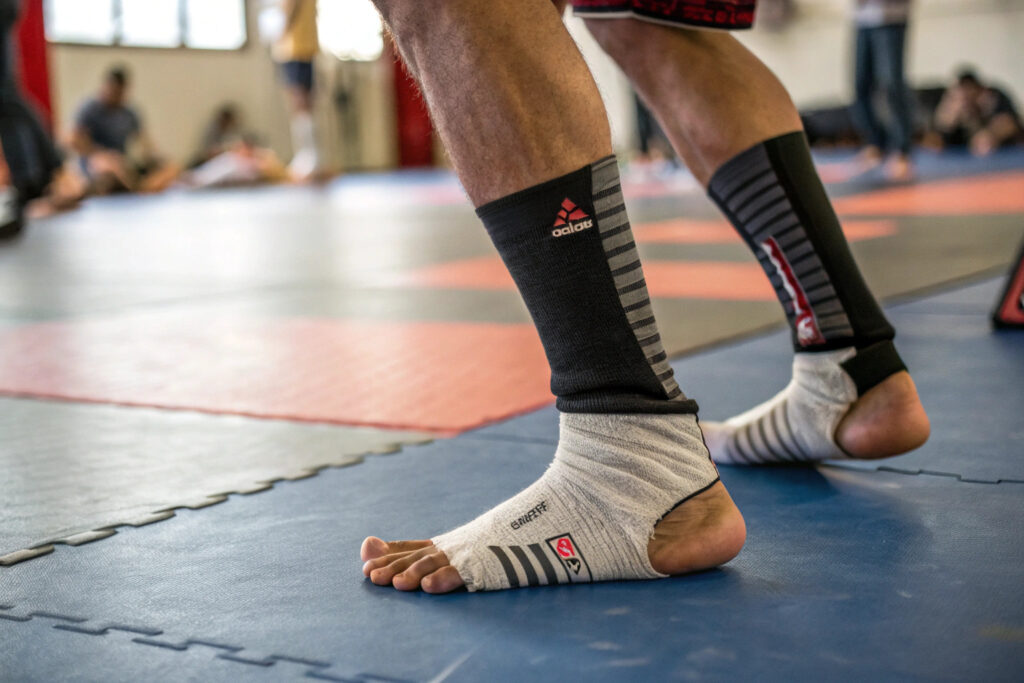
While they began as part of Japanese formal wear, Tabi socks now serve a variety of modern performance functions. Their ergonomic design improves toe splay, grip, and balance—making them ideal for barefoot activities like yoga, martial arts, and minimalist running.
Tabi socks enhance foot-ground contact, improve alignment, reduce slippage, and offer better ventilation between the toes.
Are They Better for Balance-Driven Activities?
Absolutely. The split-toe improves proprioception and ground feedback, helping athletes maintain posture during barefoot workouts. That's why many barefoot shoe brands recommend them as an accessory.
Do Tabi Socks Help with Foot Ailments?
Yes. Customers with bunions or toe overlap often find relief in Tabi socks. The divided toe helps reduce skin friction, much like toe spacers, and the separation can prevent fungal infections by reducing sweat accumulation.
How Do Tabi Socks Compare Culturally and Fashion-Wise?
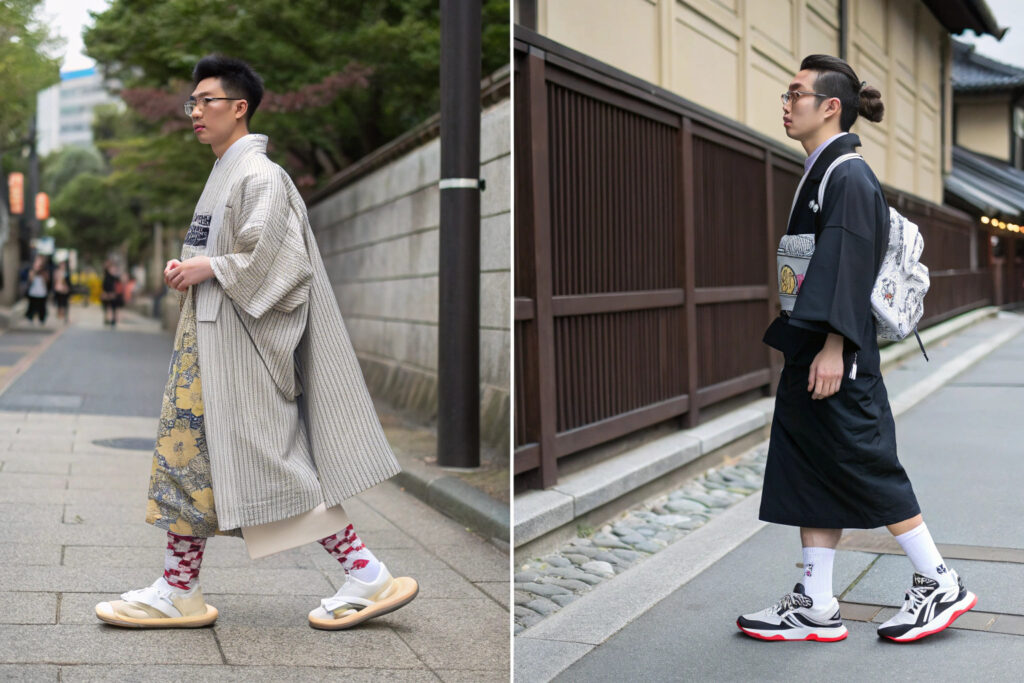
Tabi socks are deeply rooted in Japanese tradition. Worn with kimono for centuries, they symbolize respect and attention to detail. But thanks to brands like Maison Margiela, Tabi socks are now making waves in high fashion too.
Today, Tabi socks span cultures—balancing heritage and innovation. They’re worn both ceremonially and as avant-garde fashion statements in Europe and the U.S.
Are Tabi Socks Becoming More Popular Globally?
Yes. Tabi-inspired footwear and socks are trending in Europe and North America due to their unique silhouette. This is partly driven by minimalist fashion and the rising interest in Japanese wellness design.
How Are They Perceived in Western Markets?
Western customers view Tabi socks as wellness or fashion accessories rather than formalwear. As a result, we’ve received orders from yoga studios, modern streetwear brands, and even cosplay communities looking for durable and stylish versions.
What Should Buyers Consider When Sourcing Tabi Socks?
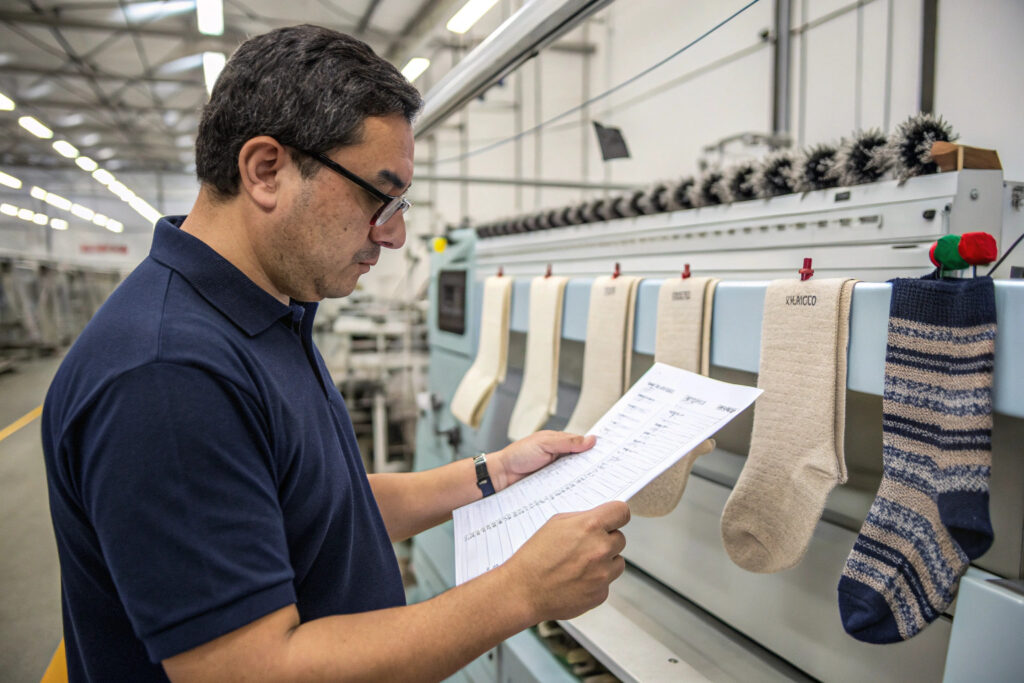
Sourcing Tabi socks requires understanding their niche structure and market. The design complexity affects unit cost, lead time, and machine allocation. Buyers must prioritize comfort, durability, and toe-seam finishing.
Choose experienced factories with toe division capability, clear grading specs, and yarn options suited for both function and fashion.
What Fabrics Work Best for Tabi Socks?
Bamboo rayon, organic cotton, and combed cotton are preferred for daily use and wellness. For performance use, nylon/spandex blends offer stretch and anti-microbial properties. Brands like Injinji and ToeToe use these in their split-toe ranges.
What’s the Usual MOQ and Production Time?
At GlobalSock, MOQs for Tabi socks start from 1,500 pairs due to machine switching and tooling. Lead time is 20–25 days depending on material and customization. We recommend placing orders during off-peak seasons to avoid delays, especially around Lunar New Year.
Conclusion
Tabi socks are more than a cultural artifact—they’re an ergonomic, modern solution with functional benefits. Whether enhancing balance in barefoot sports, relieving toe friction, or making a fashion statement, their split-toe design is finding a global audience.
As a trusted sock supplier, we help global brands bring Tabi innovations to life with sustainable yarns, precision knitting, and reliable delivery. Whether you need performance-driven designs or heritage-inspired pieces, we’re equipped to support your vision—one unique toe at a time.

